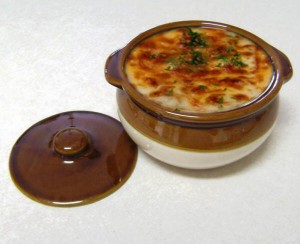The “Recovery Diet”
N utritional studies recommended that people in recovery eat on “cruise control” throughout the day. This means eating small, frequent mini-meals–to maintain energy levels and moods more even.
utritional studies recommended that people in recovery eat on “cruise control” throughout the day. This means eating small, frequent mini-meals–to maintain energy levels and moods more even.
Suggestions for a Diet that Promotes Recovery:
- Use the USDA’s Food Guide Pyramid (PDF) as a guide to prepare well-balanced meals
- Eat 3 snacks and 3 meals per day (see Smart Snacking)
- Drink decaffeinated coffee and herbal teas to decrease caffeine
- Eat fresh fruits and vegetables
- Eat foods made of whole grains
- Eat more beans and grain products, limit the amount of red meat eaten. Red meats are harder to digest.
- Eliminate or keep to a minimum foods that contain sugar and caffeine
- Be aware of hidden sugar in cocoa, condiments, and over the counter medications
- Be aware of caffeine in over the counter and prescribed medications
Composition of the Recovery-friendly Diet:
- Protein – 25%
- Carbohydrate – 45%
- Fat – 30%
- Total calories – 2,000
Sample Meal Suggestions:
- Breakfast – oatmeal muffins, pancakes, quiche, omelet, yogurt
- Lunch – Sandwiches, salads, soups
- Dinner – Soups, chowders, rice & beans, chicken and vegetables, tortillas, lasagna with vegetable
- Dessert – Yogurt, fruit, oatmeal cookies, custard
A Note on Vitamins
Because drugs and alcohol deplete the body of vitamins and minerals, multi-vitamin/mineral plus B supplements can be especially helpful.
Vitamins and dietary suppliments should be taken with meals for optimum absorption.
Rescue Magazine, December 1998
Source:
Nutrition In Recovery by Margaret Soussloff, M.S. & Cara Zechello, R.D., Massachusetts Food Banks and Maria F. Bettencourt, MPH, Massachusetts Department of Public Health
Learn more about Nutrition & Recovery



